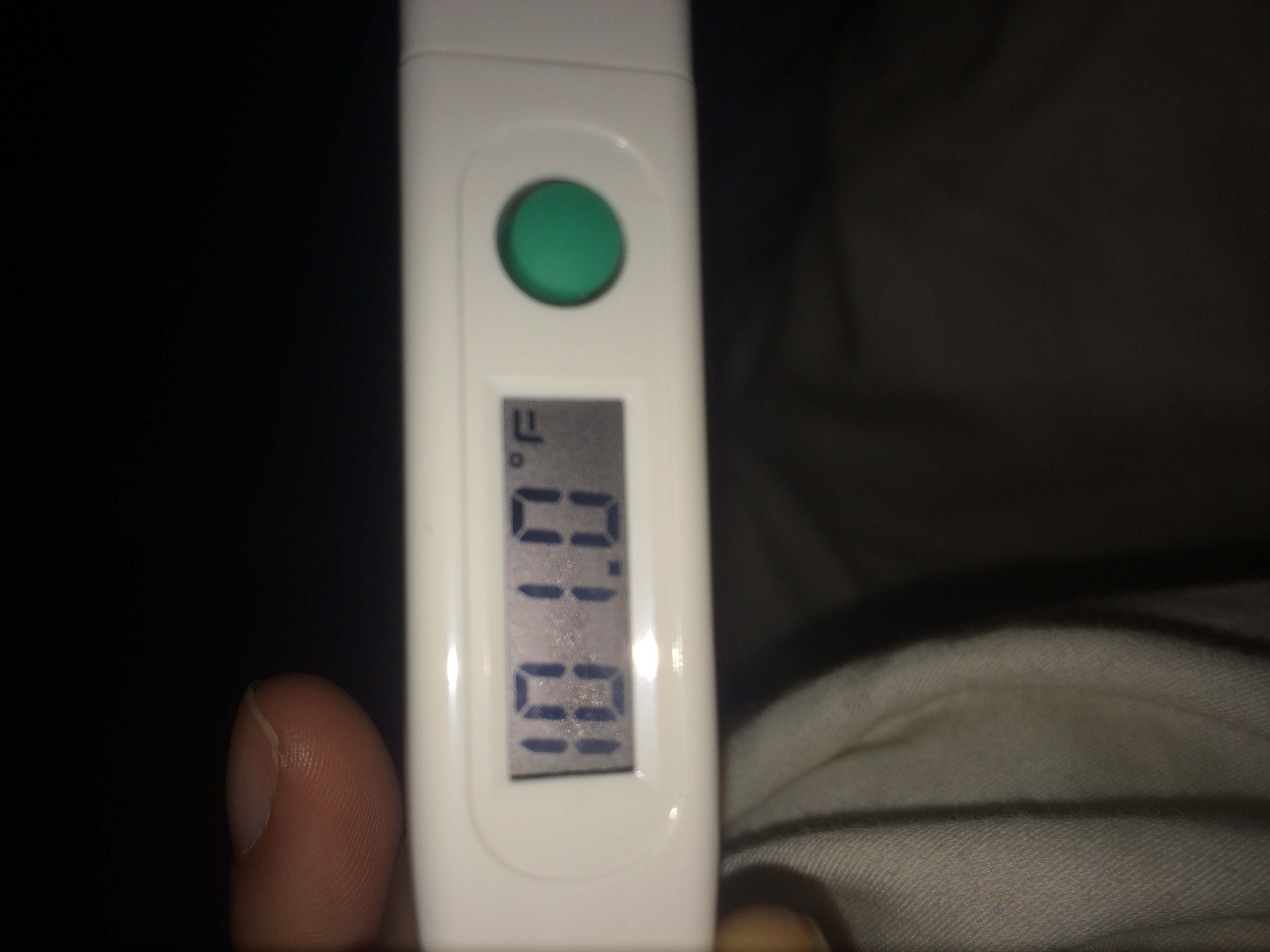I will never forget the moment one of my best friends told me that she had been diagnosed with herpes. The summer sun casted a hazy glow through the window, illuminating the dozens of photographs of her, happy and smiling, hung up on the wall. But when I looked into the eyes of the friend sitting before me, that smile was gone.
“I have genital herpes,” she said, tears staining the pillow she hugged to her chest. “We used a condom every single time, but he still gave it to me.”
She was the first, but not the last friend that would tell me their story. Over the next year, my grandmother, her sister, two of my roommates and my close friend would all confide in me about their diagnoses. Through their bravery, I realized not only how common STIs are but also how it can truly happen to anyone.
When this idea was pitched to my group during Brady’s class, we all unanimously agreed that this is a story that deserves to be told, and hasn’t been told enough. Our personal experiences sparked our passion for this project, and we dedicated ourselves to normalizing the conversation and reducing the stigma of STIs through our work. We hoped to breakdown how to communicate with your partner about having an STI, address the fear of getting tested and feature students’ personal experiences. It was a complex, controversial topic and we had some pretty big shoes to fill, but we wouldn’t let that deter us.
However, the project was not free from obstacles.
The first bump in the road came in the initial emails. Entirely my juvenile mistake, I failed to address a doctor at the Cal Poly Health Center by her official title and she immediately called me out for it. She wrote, “If you gain a title once you complete your education, I certainly hope someone accords you the respect you deserve.” Lesson learned.
I instantly apologized for my lack of professionalism, and was so embarrassed by the oversight that I felt like crawling into my bed and never resurfacing. However, she seemed to love my response and wrote in return, “You are completely and 100% forgiven…I cannot tell you how much I appreciate this email from you. You are clearly an individual who knows what to do with feedback. I hope we do get the chance to talk.” On Friday, my team met her in her office and she delivered an amazing interview.
The second inconvenience occurred on Monday. Inspired by the project, our audio/visual member, Elise, took me to the Center to get tested for sexually transmitted diseases. Though I didn’t test positive for any STDs, the doctors discovered I had another type of completely unrelated infection and had a severe case of the flu. This landed me bedridden for the remainder of the week with a fever of 101, intense heat flashes and some occasional hallucinations.

In the meantime, my team was engaging in some incredible journalism. I connected them with two friends willing to share their stories, and the resulting interviews were both touching and empowering.
“It was amazing to hear students talk so openly about their personal experiences and be so comfortable talking about an uncomfortable topic,” Elise Goetzl said. “It really helps contribute to opening the conversation about STIs and the importance of getting tested.”
Taylor Petschl, our awesome writer, interviewed psychology lecturer Elizabeth Barrett on Wednesday morning. Professor Barrett offered valuable insight into the best practices when discussing your STI with your partner, or anyone, for the first time.
“Doing the reporting on this story has really opened my eyes to the fact that even though we’re all college-educated, many of us aren’t approaching our sexual health in a smart way,” Petschl said. “I really hope that this project will help normalize the conversation around STIs so partners feel like they can talk to each other openly about any potential risks!”
Our interactive portion of the project was in Kaylee Brunke’s hands. She became the numbers girl, uncovering and mastering all information regarding STIs.
“This project has made me think about the prevalence of STIs on college campuses,” Brunke said. “It doesn’t hurt to get tested even if you think you’re being safe because they are a lot more common than I’d originally thought. I’ve learned a lot through researching individual infections and now know which are the most common as well as how to treat them. I hope our piece can educate our audience in the same way that I educated myself through working on it!”
Despite the obstacles I encountered this time around, our team is really proud of our completed work. We educated ourselves on the importance of sexual health, spoke to inspirational students whose bravery I can only hope to emulate and delivered a product that we hope will impart the same wisdom on our peers.